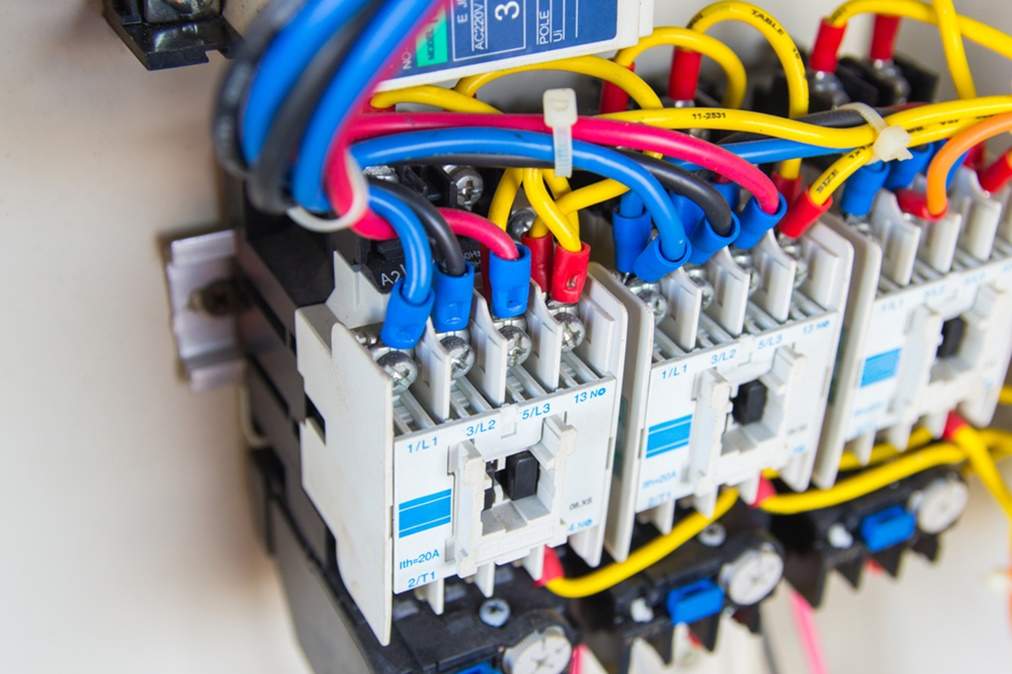A safety switch is the name given to a device that is able to switch off the electricity supply quickly in the event it detects an electrical fault in order to cut down on the risks of electric shock, electricity-related fires, injuries and death.
It is the law in this country that safety switches must be installed in all new homes as well as in buildings where new electrical circuits have been added or old ones altered to protect lighting circuits and power points. You can find a great range at RS Components.
Safety switches are also a necessity for power outlets that supply caravans and other forms of accommodation in caravan parks.
But How Exactly Does A Safety Switch Work?
Current overloads and short circuits can be prevented by circuit breakers and fuses, but safety switches are the only mechanism that can actually protect against the possibility of electric shock.
A safety switch is able to detect when an electrical circuit changes when the electricity makes contact with a person instead of its primary intended path and can switch it off in less than a second.
Safety switches will interrupt current that is excessive and will also switch power off immediately if electricity leaks through faulty appliances, switches or wiring to a dangerous level.
Testing A Safety Switch
It is simple and cheap to install a safety switch in a home, particularly given the protection they are able to offer. However, it is important to test safety switches on a regular basis, usually every six months or so, to make sure they still work.
A safety switch can be tested just by pressing the Test button (sometimes simply just labelled “T”). The switch should trip straight away and go to the “off’ position, after which you will need to manually set it back to “on”.

If a safety switch fails to trip after the Test button has been pressed, the power supply should be turned off and a licensed electrician contacted.
Resetting And Faults
There are a number of reasons why power may be disconnected by a safety switch, including lightning, nuisance tripping or a temporary fault.
If you are unable to reset a tripped safety switch, there may be a faulty appliance to blame or even a fault in the wiring. If this is the case, then the appliance you believe to be responsible should be switched off and unplugged, which will allow the safety switch to be reset and the power restored.
You may need to do this several times in the event that you are uncertain which of your appliances is to blame. In the event that the problem cannot be detected and the safety switch is unable to be reset a licensed electrician will need to be called to identify and rectify the fault.
It is important to keep in mind that a safety switch is a form of back-up that may not be able to protect against all electric shocks or protect all electrical appliances and wiring.

